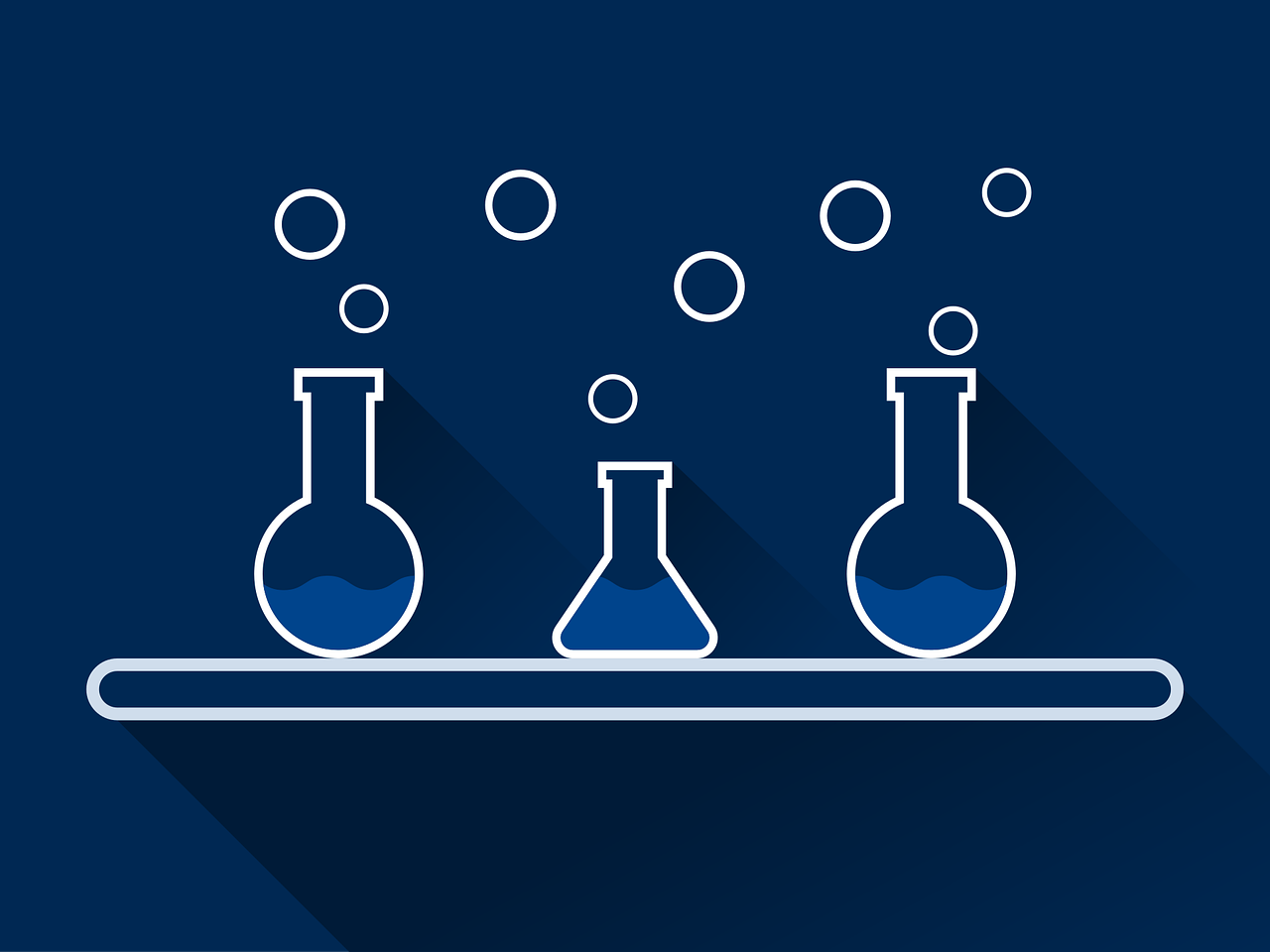
This is the central point where teachers can find resources to help select the best workshops that ignite scientific curiosity in their students.
Star Trip – Solar Systems
Students will gain an understanding of astronomy by learning about the structure of our solar system and the celestial bodies in it! Star Lab offers a portable planetarium experience for students participating.
Students will gain an understanding of astronomy by learning about the structure of our solar system and the celestial bodies in it! Star Lab offers a portable planetarium experience for students participating.
Grades: Pre K–2
Length: 45 minutes
Capacity: 25 persons
Cost:
Virtual: $75
In-Person: $100
Curricular Connections:
Science K: Exploring our Natural Surroundings
NSK.1: Explore features of their natural surroundings (e.g., soil, water, landform, and weather conditions), including changes to those surroundings over time.
Science 1: Daily and Seasonal Changes
DS1.1: Compare and represent daily and seasonal changes of natural phenomena through observing, measuring, sequencing, and recording.
DS1.2: Inquire into the ways in which plants, animals, and humans adapt to daily and seasonal changes by changing their appearance, behaviour, and/or location.
Science 2: Air and Water in the Environment
AW2.1: Investigate the properties of air and water (in all three states of matter) within their environment.
AW2.2: Assess the importance of air and water for the health and survival of living things, including themselves and the environment.
Star Trip – Galaxies
Students will expand on their understanding of astronomy by traveling beyond our own galactic neighbourhood. Galaxies, nebulae, and supernovae—oh my! Star Lab offers a portable planetarium experience for students participating.
Students will expand on their understanding of astronomy by travelling beyond our own galactic neighbourhood. Galaxies, nebulas and supernovae—oh my! Star Lab offers a portable planetarium experience for students participating.
Grades: 6–9
Length: 45 minutes
Capacity: 20 persons
Cost:
Virtual: $75
In-Person: $100
Curricular Connections:
Science 6: Our Solar System
SS6.1: Research and represent the physical characteristics of the major components of the solar system, including the Sun, planets, moons, asteroids, and comets.
SS6.2: Assess the efficacy of various methods of representing and interpreting astronomical phenomena, including phases, eclipses, and seasons.
SS6.3: Evaluate the past, current, and possible future contributions of space exploration programs, including space probes and human spaceflight, that support living and working in the inner solar system.
Science 9: Exploring Our Universe
EU9.1: Inquire into the motion and characteristics of astronomical bodies in our solar system and the universe.
EU9.2: Analyze scientific explanations of the formation and evolution of our Solar System and the Universe
EU9.3: Examine how various cultures, past and present, including First Nations and Metis, understand and represent astronomical phenomena.
EU9.4: Analyze human capabilities for exploring and understanding the universe, including technologies and programs that support such exploration.
Healthy Habitats
What makes a habitat a home for plants and animals? Students will learn what a habitat requires to support life and how animals and plants adapt and interact to survive in unique habitats all over the globe.
What makes a habitat a home for plants and animals? Students will learn what a habitat requires to support life and how animals and plants adapt and interact to survive in unique habitats all over the globe.
Grades: Pre K–2
Length: 45 minutes
Capacity: 30 persons
Cost:
In-Person: $100
Curricular Connections:
Science 1: Needs and Characteristics of Living Things
LT1.2: Analyze the different ways in which plants, animals, and humans interact with various natural and constructed environments to meet their basic needs.
Science 1: Earth and Space Science: Daily and seasonal change
DS1.1: Compare and represent daily and seasonal changes of natural phenomena through observing, measuring, sequencing and recording.
DS1.2: Inquire as to which plants, animals, and humans adapt to daily and seasonal changes by changing their appearance, behavior, and/or location.
Science 2: Life Science: Animal Growth and Changes
AN2.3: Assess the interdependence of humans and animals in natural and constructed environments.)
Science 2: Earth and Space Science: Air and water in the environment
AW2.2: Assess the importance of air and water for the health and survival of living things, including themselves and the environment.
Science 3: Life Science: Plant Growth and Changes
Virtual Workshop Supplies:
The Saskatchewan Science Centre provides everything needed for in-person workshops at the Science Centre. If you are doing this workshop virtually, you will be required to gather the following supplies ahead of time:
Each student will require:
Craft supplies (craft sticks, string, tape, scissors, markers, paper, etc)



